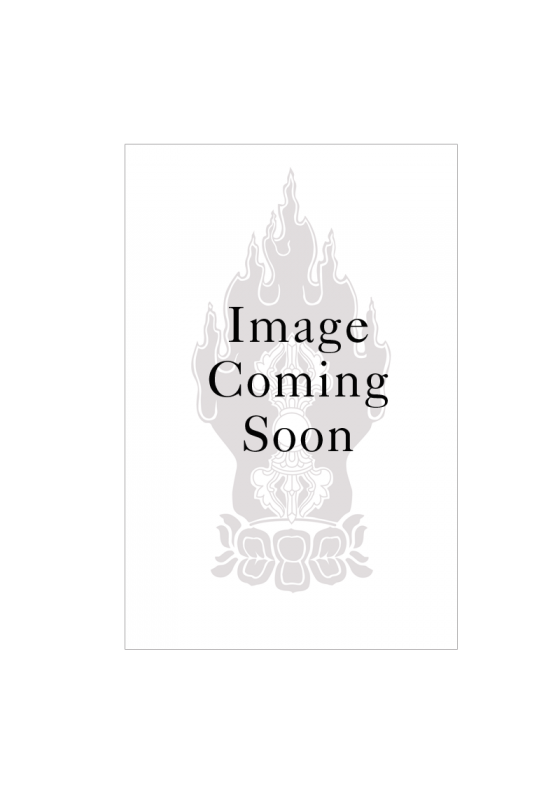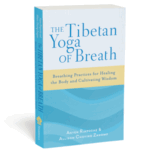
![]() Guided exercise: Coherent Breathing
Guided exercise: Coherent Breathing
Note: Click a file to play it in your web browser. Right click and save the link if you would like to download it to your computer.
Coherent Breathing is a simple way to increase heart-rate variability and balance the stress-response systems. When scientists tested people at all possible breathing rates, they found that there is an ideal breath rate for each person, somewhere between three and a half and six breaths per minute for adults using equal time for breathing in and breathing out, a sweet spot where the HRV is maximized and the electrical rhythms of the heart, lungs, and brain become synchronized. Modern researchers have called this the resonant rate, but this phenomenon has been known for centuries by religious adepts in many cultures. For example, when Zen Buddhist monks enter deep meditation, called zazen, they breathe at six breaths per minute. The Italian cardiologist Luciano Bernardi discovered that traditional chanting of the Latin Hail Mary occurs at six breaths per minute.
There are many ways to learn Coherent Breathing, including a growing array of commercial gadgets with visual cues. But we prefer a method that is relaxing and easy to use anytime, anywhere. Research shows that keeping the eyes closed and the hands still has significant effects on brain waves, indicating greater relaxing effects. When people look at a computer screen, move their eyes, or type on a keyboard, this activity can interfere with the attainment of optimal states of relaxation. This is one of the reasons why we use breathing. It can be done with eyes closed and hands at rest.
In learning breath practices the most important thing to remember is to relax. That may sound obvious, but it isn't. As you are learning a new practice it may feel awkward or unnatural at first. You may begin to worry about whether you are doing it correctly, whether it is working, whether you need to try harder. All this thinking and worrying will just make you tense up. Self-judgment adds another layer of stress. The less you judge yourself, the easier it will be to relax and experience the benefits of Coherent Breathing. Try not to evaluate or judge what is happening. Just go with it.
From The Healing Power of the Breath, pages 11-13.

